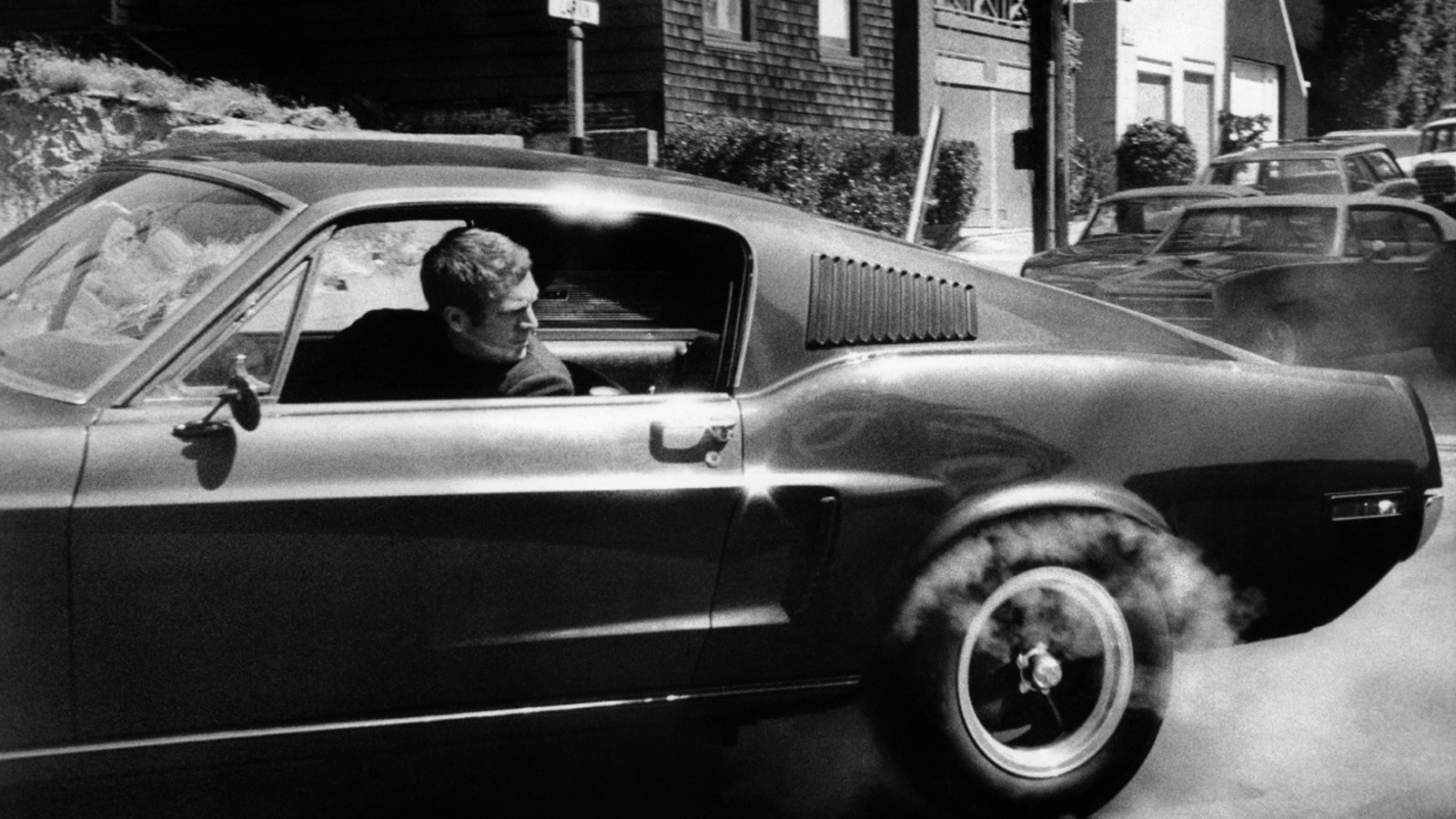
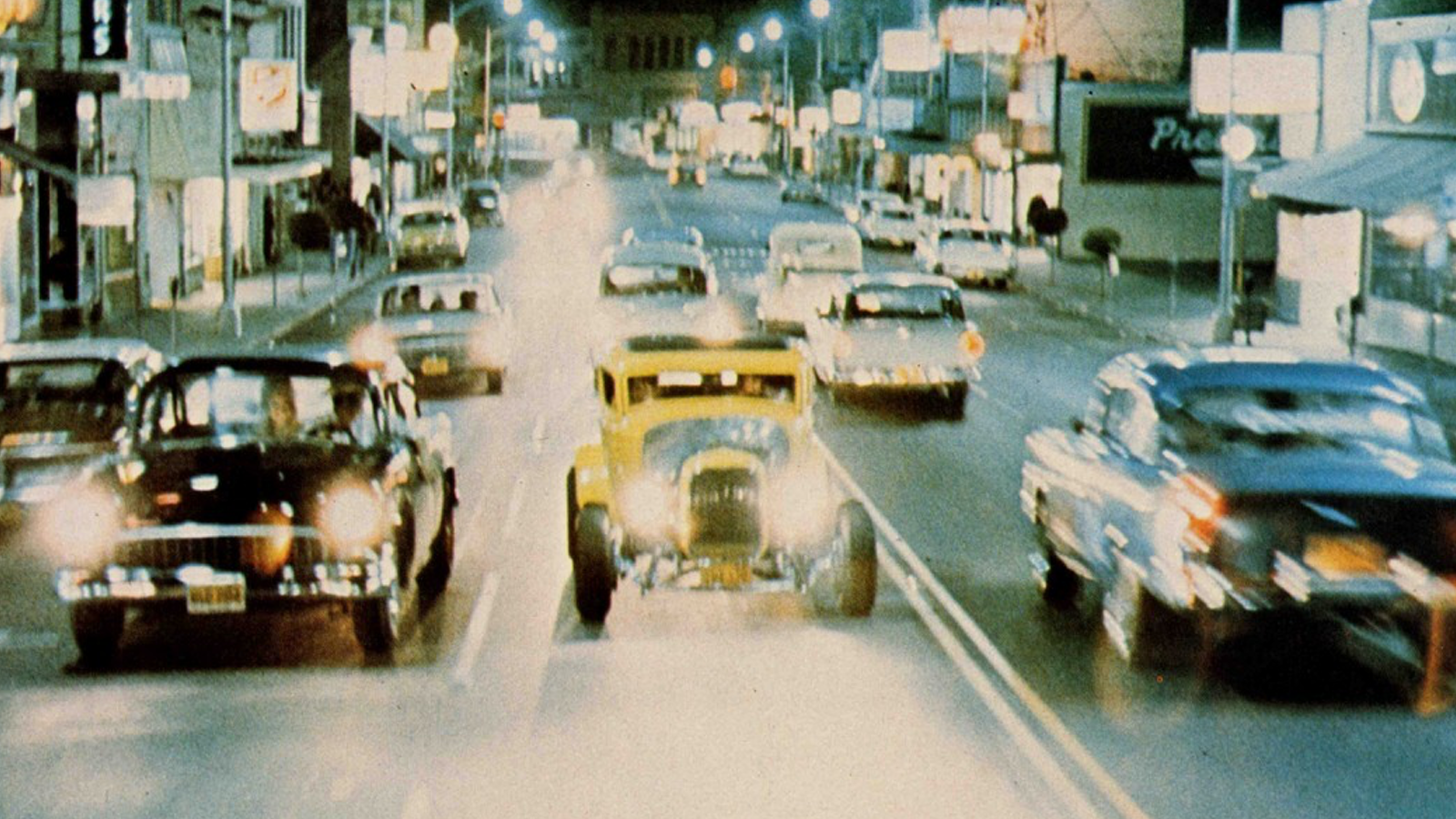
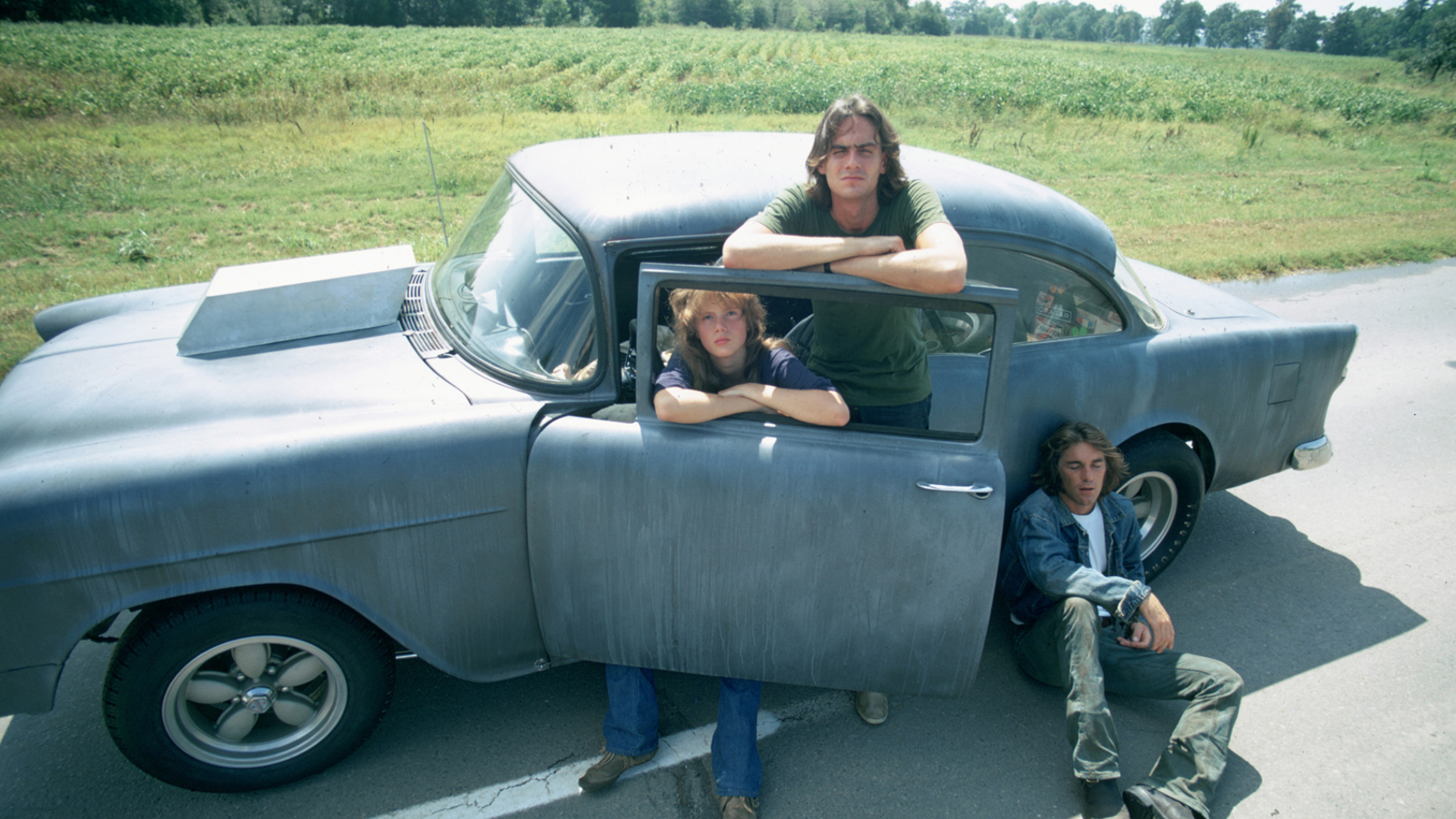
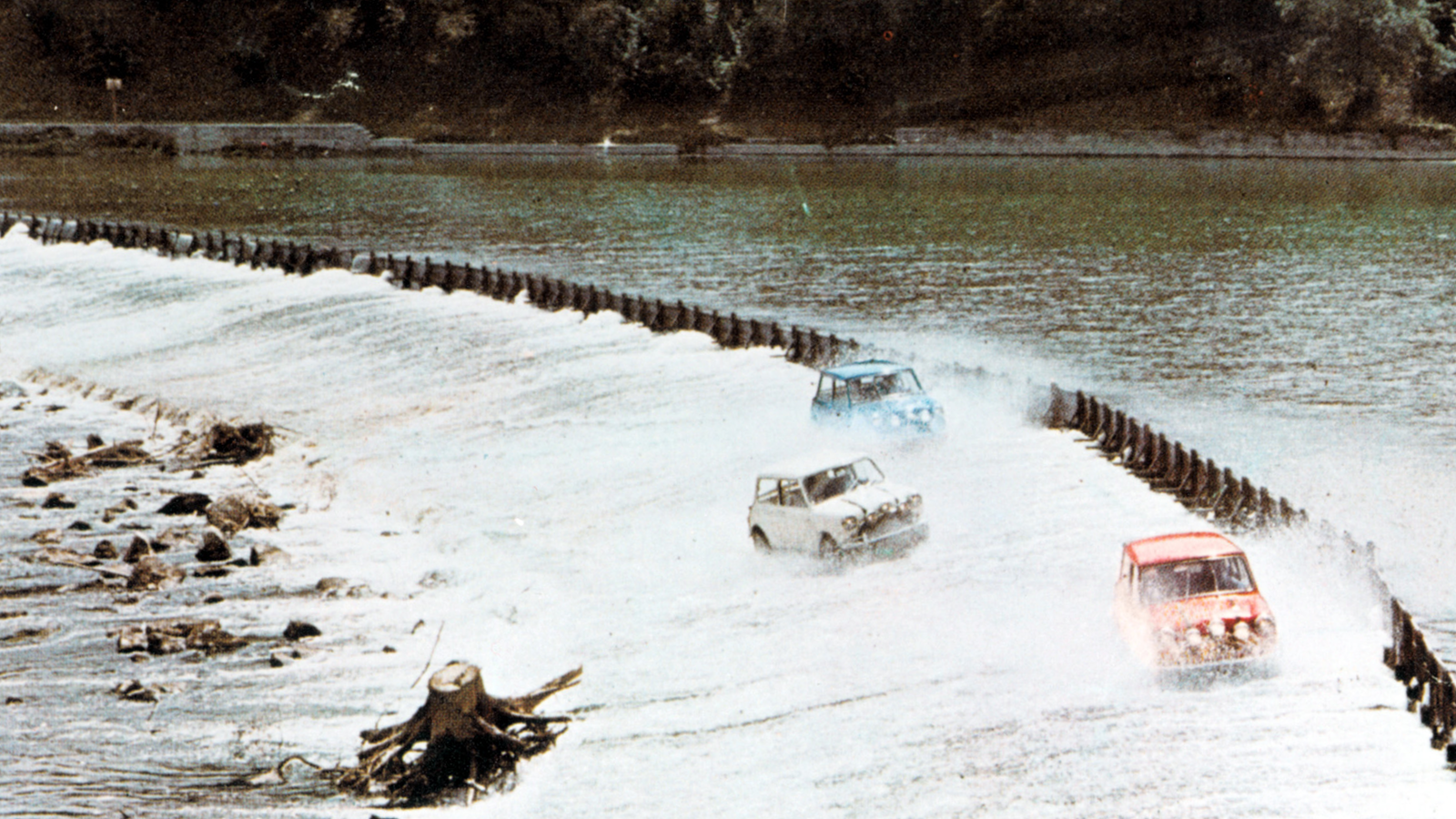
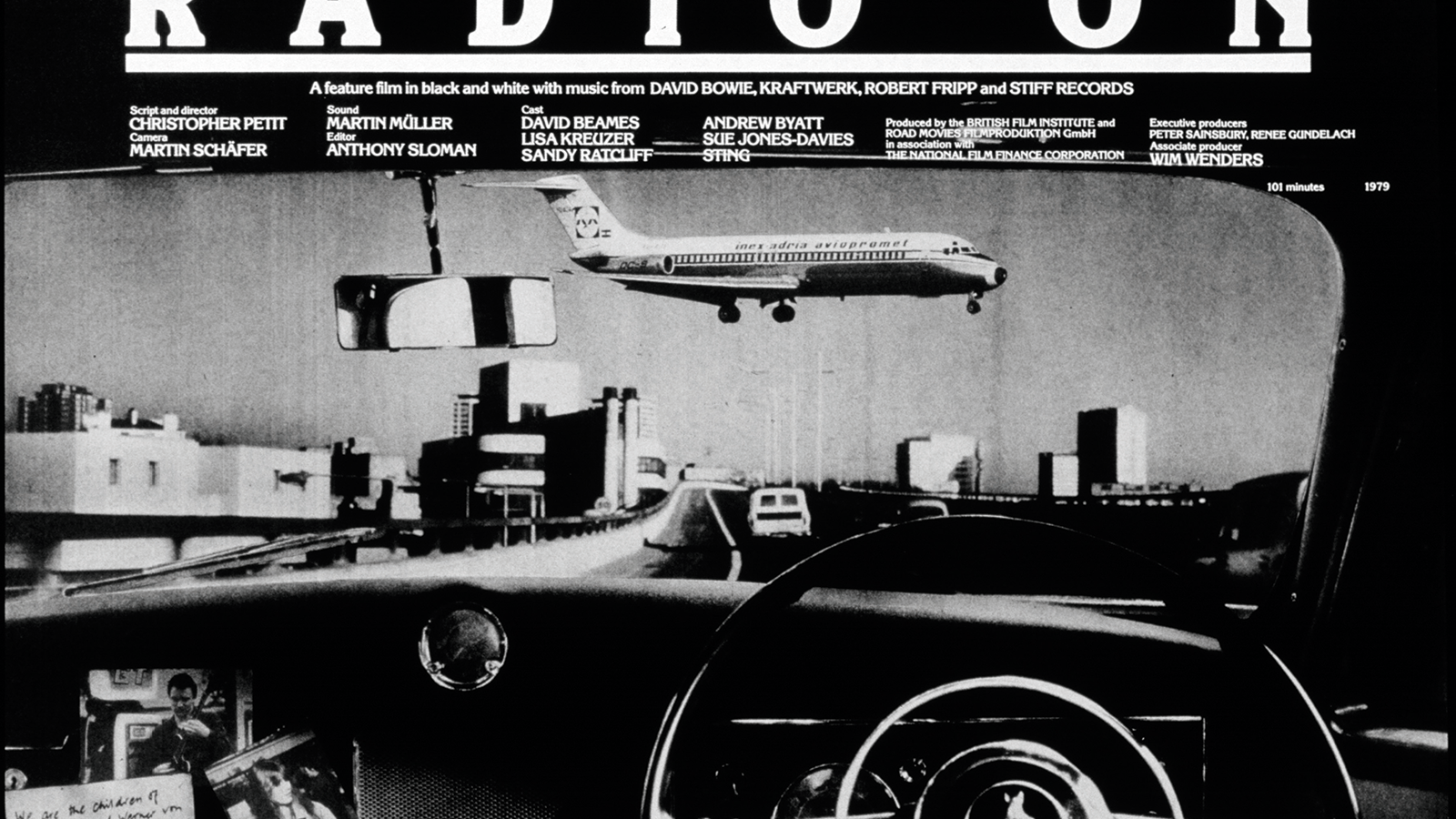
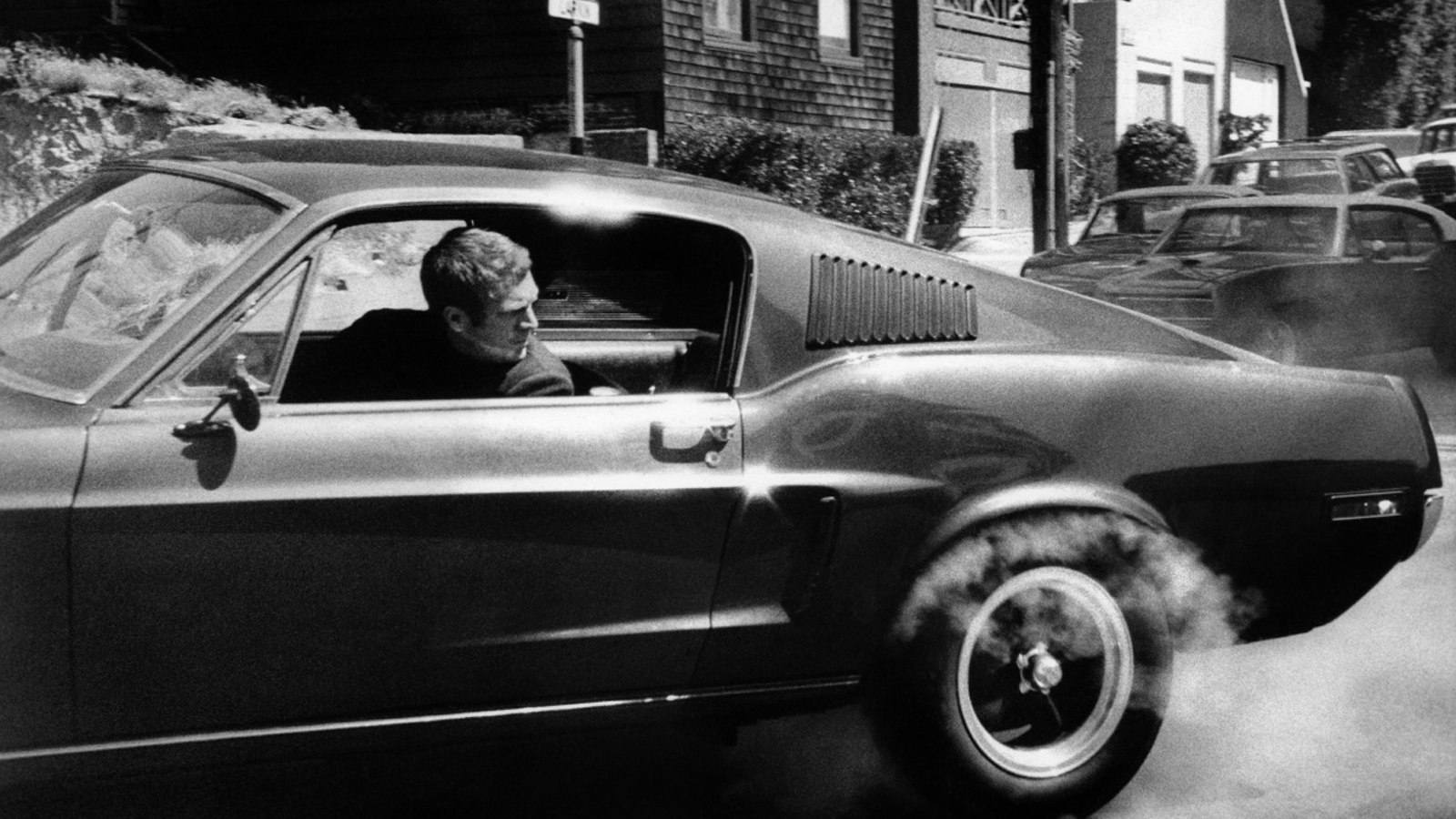
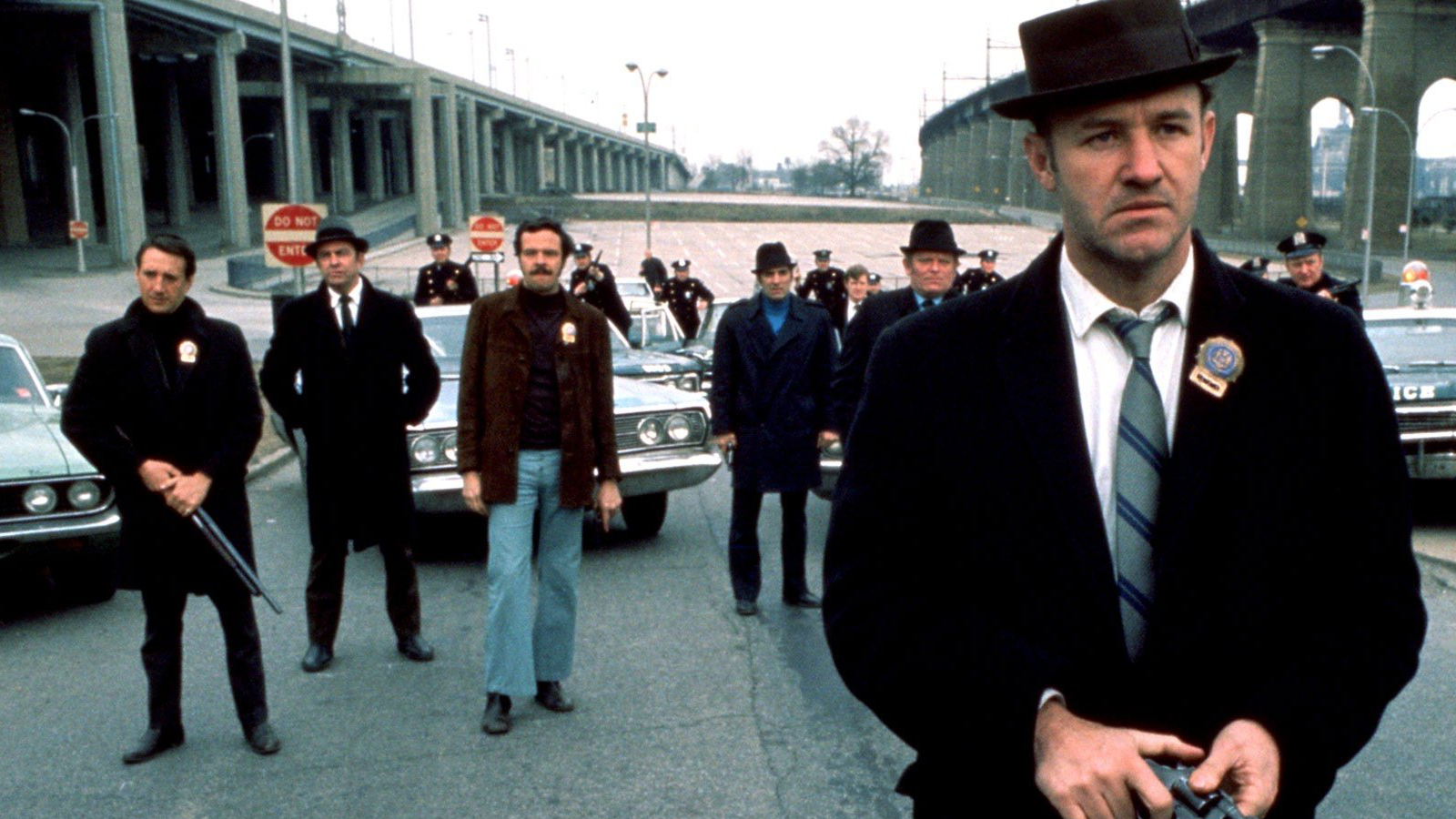
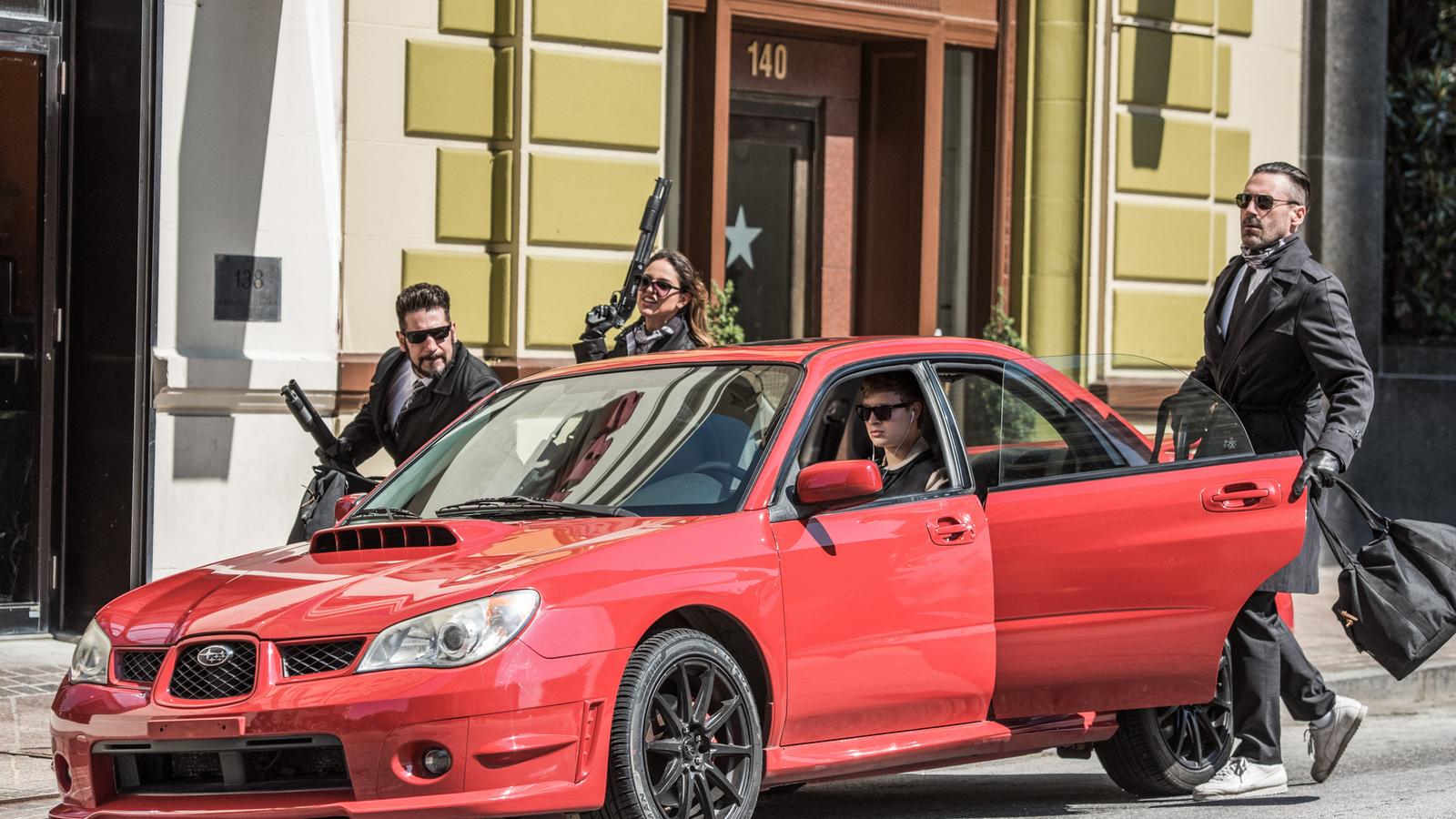
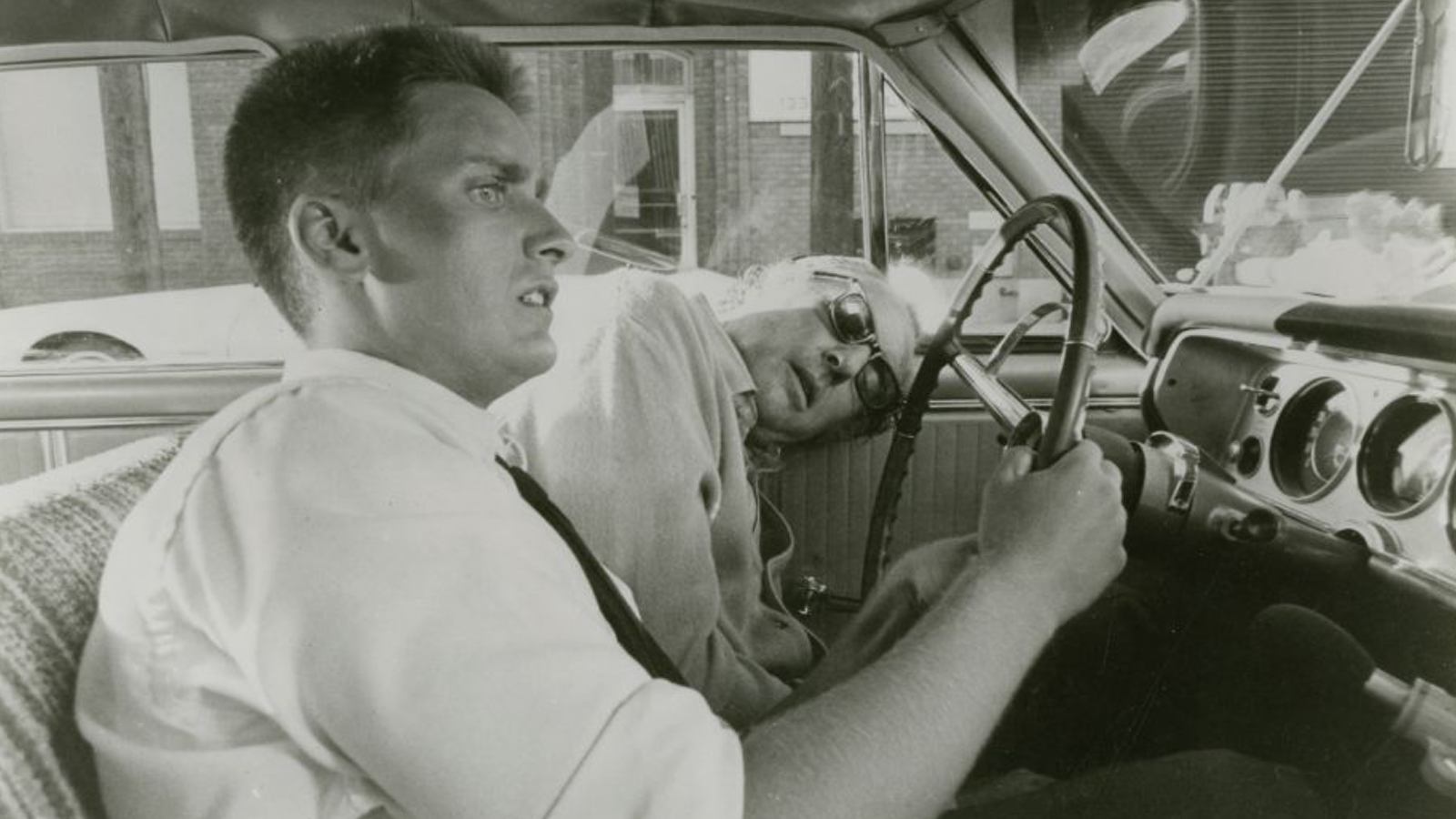
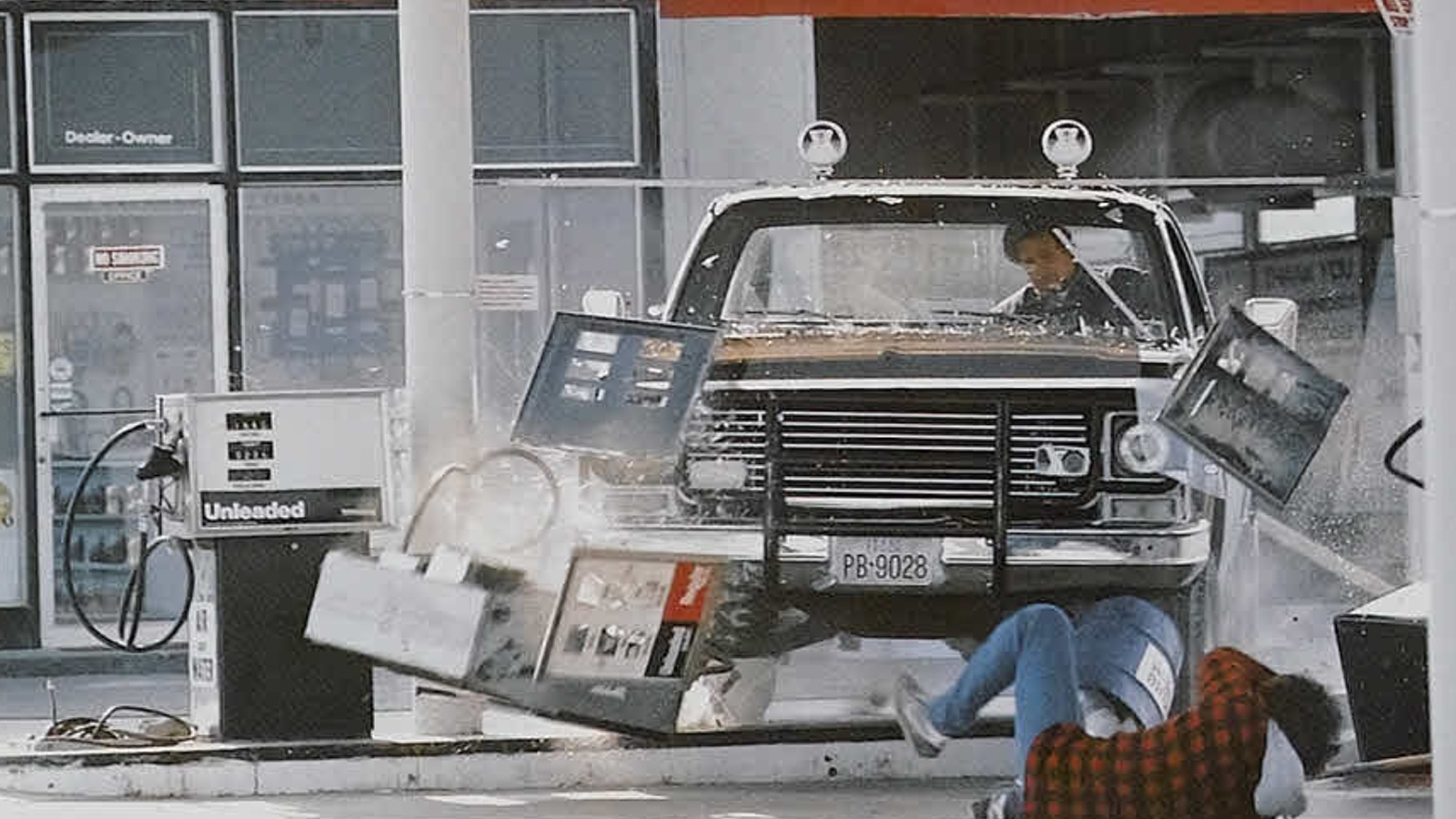
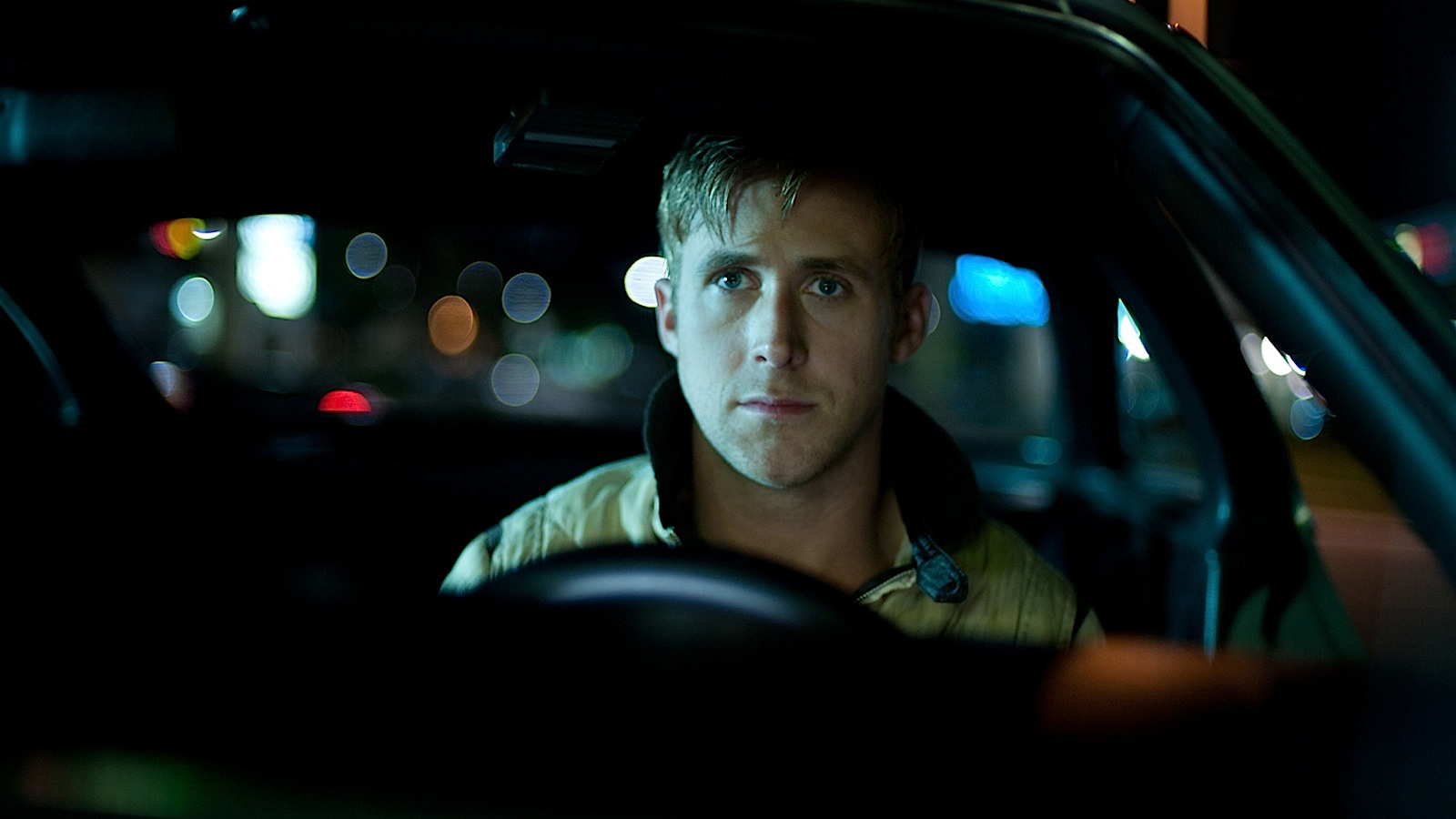

Classic car-packed flicks from everyone’s favourite critic
With the Easter holidays and the world on coronavirus lockdown, we need some great car films to get us through.
And who better to be our guide than Mark Kermode, who has been a film critic for more than a quarter of a century – and loves his cars.
From heist movies to road-trip classics, he’s seen them all – and has a firm view on which make the cut. Hint: not The Fast and the Furious.
So crack out the popcorn and settle in for a four-wheeled film fest, curated by Kermode.
American Graffiti (1973)
First of Kermode’s picks is a certified Stateside classic, a George Lucas flick released in 1973 and starring a host of big names before they were, well, big: Richard Dreyfuss, Ron Howard, Harrison Ford and more.
Set on a single California night in 1962, American Graffiti is a coming-of-age classic with added cars – from cruisin’ coupés to bright yellow hot rods, with a spot of drag racing for good measure. If mid-century Americana is your thing, you’ll want to watch this.
“American Graffiti and Two Lane Blacktop are each great films that you can watch over and over again,” Kermode says. “Cars play a crucial role in both, although they’re much more than just ‘car movies’.”
Two-Lane Blacktop (1971)
Speaking of the latter, Two-Lane Blacktop is probably as deep as road-trip flicks get – a contemporary flop that became a cult classic, supposedly inspiring the fabled Cannonball Run of the ’70s and a stark piece of cinema in its own right.
Notable for its limited dialogue and blunt shooting style, it’s essentially an on-the-road exploration of existence and disillusionment.
Even the lead characters remain unnamed – they are simply the Driver and the Mechanic, two street racers steering a 1955 Chevrolet 210 along Route 66, engaging in impromptu races and picking up hitchhikers.
Sounds bleak, but it’s well worth a watch for the philosophy alone.
The Italian Job (1969)
It wouldn’t be a list of the best car movies without this crime caper, a ’60s classic that saw Michael Caine and his gang of crooks looting Mafia gold from a gridlocked Turin. Their escape via the city’s rooftops, sewers and rivers in three diminutive Minis remains one of the greatest film sequences ever shot – especially when you consider that pretty much all of it was done for real.
The Italian Job helped make the Mini an icon, features one of the most memorable lines in movie history and has one of the greatest theme songs ever recorded. Pretty much the perfect package.
As Kermode puts it, “The choreography of The Italian Job is a joy – you can’t help but feel proud to be British when you watch those Minis dance around Italy.”
Radio On (1979)
Equal parts art film and road movie, Kermode’s next selection is nothing if not striking. Shot in monochrome and set to the sounds Bowie and Kraftwerk, British flick Radio On follows a DJ driving to investigate the death of his brother – but it’s about so much more than the plot.
At once hauntingly minimalist yet remarkably compelling, it’s full of ’70s symbolism, engrossing cinematography and simply eerie elements. And the drive binds it all together.
“Although it’s hardly Route 66, I’ve always liked Radio On and its journey from London to Bristol in a Rover 105S,” Kermode explains. “I love the scene where the camera is focused on a jukebox while it plays Whole Wide World by Wreckless Eric.”
Bullitt (1968)
A masterpiece of driving, editing and sheer car-chase intensity, few movies can rival ’68 Steve McQueen thriller Bullitt when it comes to pure rubber-burning, sideways-sliding excitement.
Even today, the fabled 10-minute sequence – which sees McQueen’s Mustang pursued by a Dodge Charger through the streets of San Francisco in most dramatic fashion – remains the benchmark for Hollywood chase scenes. Which probably explains why it won Frank P Keller an Oscar for Best Film Editing.
Kermode certainly rates it – though it’s not his top pick: “As chase scenes go, there are few – if any – to rival The French Connection. Bullitt is a classic, but the streets are largely empty.”
The French Connection (1971)
A bold claim indeed – so why does Kermode reckon 1971 thriller The French Connection tops Bullitt? “Phil D’Antoni, who produced Bullitt, told [director] William Friedkin he wanted him to top his most famous film,” he explains.
“There was no car chase in the script for The French Connection, but D’Antoni and Friedkin took a walk under New York’s elevated railway and came up with the idea of a car chasing a train,” Kermode continues. “Bill Hickman was the stunt driver, and the most memorable shots were done without permission on crowded streets.
“Friedkin thought that some of the early runs didn’t look dramatic enough, which was a red rag to Hickman. He said, ‘You wanna see something? Get in the back of the car.’ And then he raced through 10 or 15 city blocks.
“The scene where they crease the city bus? That’s real. And the scene where a car pulls out in front of ‘Popeye’ Doyle’s car? That’s real, too!”
Baby Driver (2017)
“In contrast, Edgar Wright’s Baby Driver was crafted like a ballet – less The French Connection than An American in Paris; Gene Kelly rather than Gene Hackman,” Kermode says.
And it's nothing if not glossy: more cinematic playlist than straight action flick, Baby Driver is all about the music – which only makes the incredible driving scenes that much better.
“The opening is as good as you’ll see in any heist movie,” Kermode explains. "[Wright] had used that idea some years before in a pop promo for Mint Royale’s Blue Song, using Noel Fielding from The Mighty Boosh dancing in a waiting getaway car.
“Edgar told me he thought he’d blown a great idea for a feature film. But so few people saw the video, he was able to re-use it in Baby Driver, where Ansel Elgort lip-syncs to Bellbottoms by The Jon Spencer Blues Explosion.”
Repo Man (1984)
Speaking of car movies that have music in their blood, Repo Man did a similar thing back in 1984 – and it also makes Kermode’s list.
The premise? Punk rocker and repo man somehow come together in pursuit of a 1964 Chevrolet Malibu piloted by aliens. Yes, it’s an odd one – but Repo Man is also an unexpected treat of sci-fi and satire.
Soundtracked by ’80s LA punk – from The Plugz to Iggy Pop – the songs (and cameos) only add to the sight gags and silliness, as this offbeat cult classic revels in its own weirdness – and pulls off profound social commentary to boot.
The Hitcher (1986)
In one sense, Kermode’s next choice is about driving: the whole plot takes place on or around roads – from roadside diners to petrol stations to the asphalt itself. Indeed, the lead character – Jim Halsey – is a man simply trying to deliver a car to a neighbouring state.
In another sense? It’s a terrifying horror flick that sees a homicidal maniac sadistically stalking Halsey along a desert road. Cue gruesome murders, chilling dialogue and some properly tense set-pieces. Not for the faint-hearted, but still a corker.
Drive (2011)
Blood-soaked in its own way, Kermode also names 2011’s Drive in his list of favourites – and for good reason: bold, stylised and truly stunning, it’s an artistic masterpiece of acting intensity and refined action.
With Ryan Gosling taking the lead role of an unnamed driver-for-hire, Drive serves up a host of Oscar-worthy performances, daubs of graphic violence, a stirring electro-pop soundtrack and plenty of well-written tension. Oh, and a couple of cracking car chases.
The workshop setting that features? A who’s who of ’60s and ’70s American thoroughbreds. Like those cars, this one’s a classic.
Crash (1996)
But which picture would take the Oscar for Best Car Movie? “Bizarrely, the car film I’ve always found most intriguing is David Cronenberg’s Crash. It’s a brilliant adaption of JG Ballard’s ‘unfilmable’ novel, and it was a huge scandal when it was first released.”
Why? Because it charts the interactions of a group who find sexual pleasure in crashing cars. Yep.
“The film has a love/hate relationship with automobiles – the way they isolate you, but also their weird seductive power,” Kermode continues. “Cronenberg has always been fascinated by cars. He made the race-car film Fast Company back in 1979, and tried for years to make Red Cars, about the Formula One Championship of 1961. Crash is a film that only he could have made.”
